Oscillating Steam Engine
The oscillating steam engine employs the cylinder as the steam valve. It operates on the same principle as the locomotive steam engine.
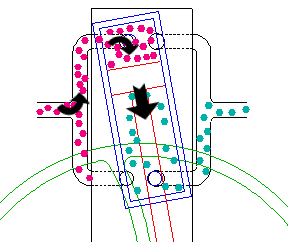
Intake
Steam from the boiler enters the power manifold. When the cylinder port aligns with the manifold port, the steam is admitted to the top end of the cylinder. The steam then presses the piston downward, driving the flywheel around one half turn.
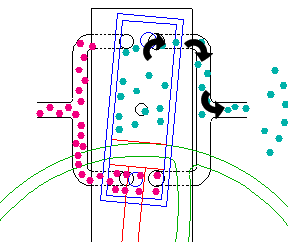
Exhaust
At the end of the stroke, the cylinder shifts, exposing the top port to the exhaust manifold. The remaining steam pressure is then released.
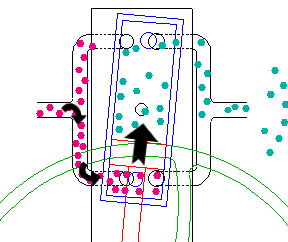
Intake
At the same time, the bottom cylinder port aligns with the power manifold, admitting steam to the bottom end of the cylinder. This presses the piston upward, driving the flywheel around another half turn.
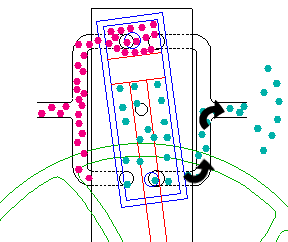
Exhaust
At the end of the stroke, the bottom port aligns with the exhaust manifold, releasing the remaining steam pressure.
Due to its exceedingly simple construction, this type of engine is popular in working toy steam engines, including one I had as a kid. An even simpler type employs power in only one direction, relying on flywheel momentum to carry the piston around for the remainder of the cycle. This is called a single acting engine. The type illustrated here is a double acting engine.
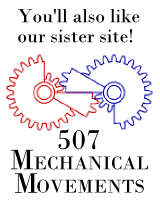
 Follow
Follow Befriend
Befriend Subscribe
Subscribe